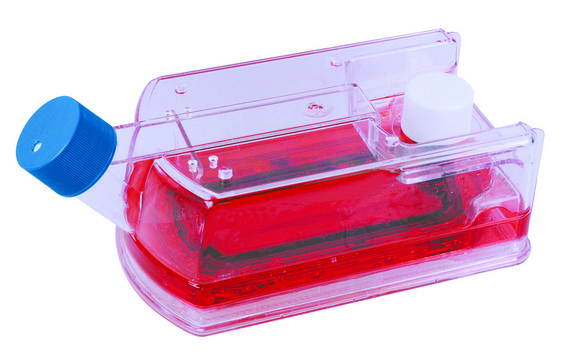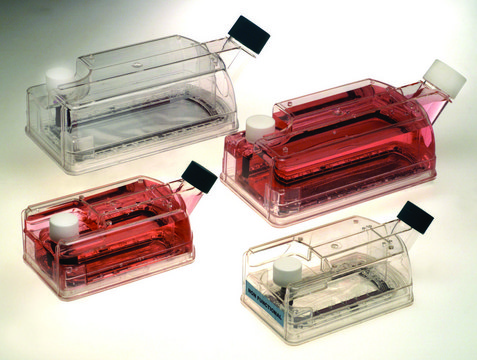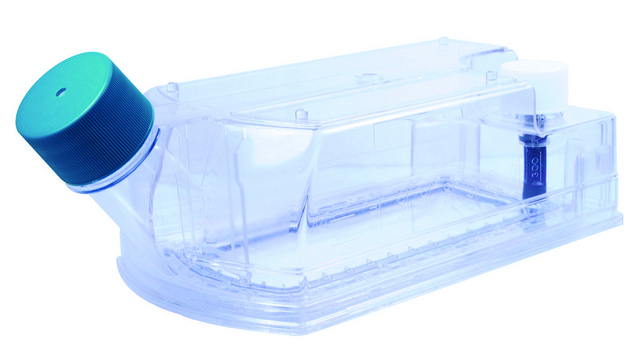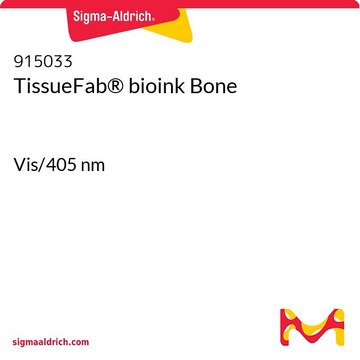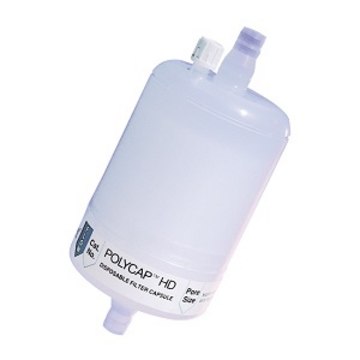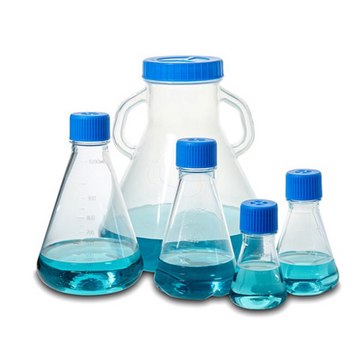Z688037
CELLine Classic bioreactor flask
CL 350 (for 350ml volumes)
Synonym(s):
Bioreactor Vessel, CELLine Flask
About This Item
Recommended Products
material
polystyrene (with 100,000 D MWCO regenerated cellulose semi-permeable membrane)
description
Equivelent to 16 T-225 standard flasks
sterility
sterile; γ-irradiated
usage
Production of monoclonal antibodies and cellular proteins
packaging
case of 5
manufacturer/tradename
Cole Parmer 2440654
capacity
350 mL
Looking for similar products? Visit Product Comparison Guide
General description
Other Notes
Regulatory Information
Choose from one of the most recent versions:
Certificates of Analysis (COA)
It looks like we've run into a problem, but you can still download Certificates of Analysis from our Documents section.
If you need assistance, please contact Customer Support.
Already Own This Product?
Find documentation for the products that you have recently purchased in the Document Library.
Our team of scientists has experience in all areas of research including Life Science, Material Science, Chemical Synthesis, Chromatography, Analytical and many others.
Contact Technical Service